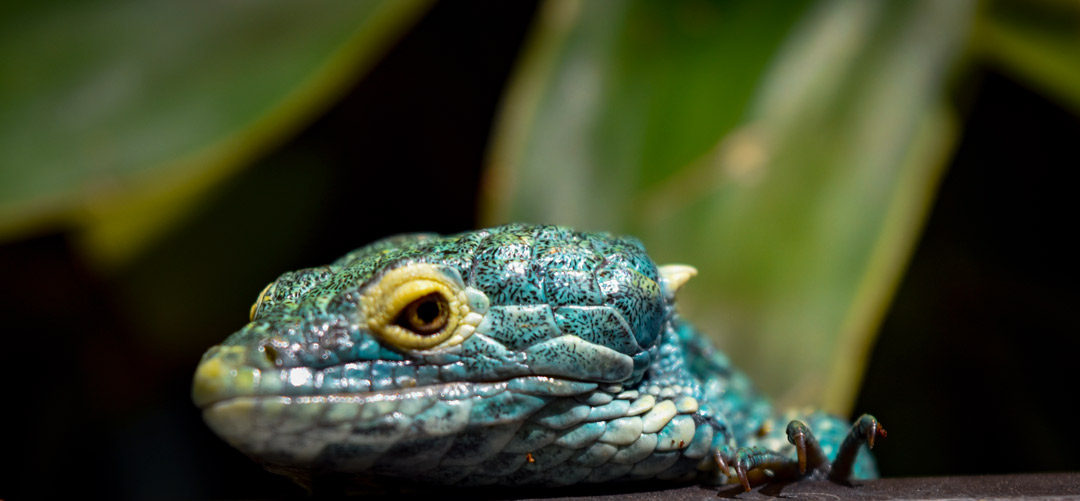Posted by Flor Morales Arroyo on April 29, 2024
Smilisca cyanosticta on a leaf. Photograph by: Erick Flores, 2018. FLAAR Mesoamerica.
Human well-being depends directly or indirectly on the services provided by ecosystems. Amphibians represent a high proportion of global species diversity and include species widely distributed around the world that perform a variety of functions that benefit humans. They keep insect pest populations in check, help control algal blooms in the water, and facilitate decomposition and nutrient cycling through waste excretion, improving soil quality by digging burrows, and are also an important food source for several types of organisms, including animals such as mammals, birds, fish, reptiles and even other amphibians. In addition to all the natural factors, amphibians have helped advance medicine and science by being studied as model organisms.
Smilisca baudinii resting on a leaf. Photograph by: David Arrivillaga, FLAAR Mesoamerica, 2019. Parque Nacional Yaxhá-Nakum-Naranjo, Petén, Guatemala.
They have an important ecological and economic role within ecosystems. They are essential in the food chain, both in water and on land. Without them, the chances of our ecosystems collapsing are high. Amphibians are considered accurate indicators of environmental health and habitat quality due to their high vulnerability to pollution and environmental changes, which is why they are considered “bioindicators.” Simply put, if you see a frog or salamander, you'll probably think the environment is healthy. This good environmental quality is important not only for amphibians, but for all nature and biodiversity, including humans. In Neotropical ecosystems they play a key role in energy flow and nutrient cycling in both aquatic and terrestrial environments.
































